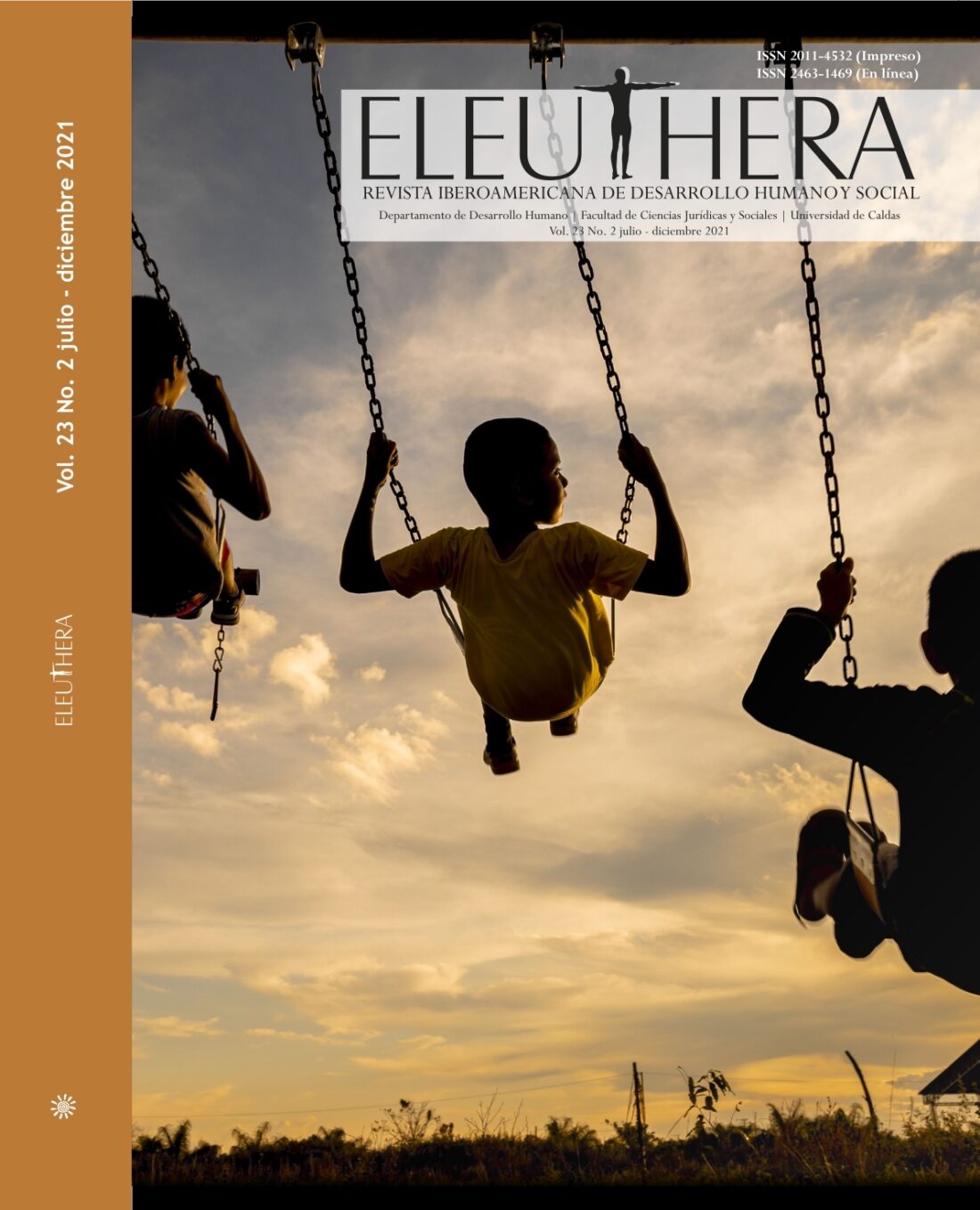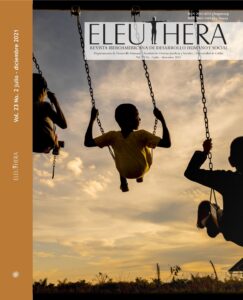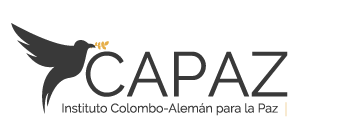
«Snapshots of peace» in Universidad de Caldas’ Eleuthera journal
 Eleuthera journal is published by CAPAZ partner Universidad de Caldas’ Department of Human Development at the School of Legal and Social Sciences, and the Office of the Vice President for Research and Graduate Studies. The journal publishes articles “in English, Portuguese, French and Spanish on original and unpublished research that contributes to advancing knowledge and academic-scientific discussion in the social sciences, particularly in the areas of human and social development” (Eurethera, 2019).
Eleuthera journal is published by CAPAZ partner Universidad de Caldas’ Department of Human Development at the School of Legal and Social Sciences, and the Office of the Vice President for Research and Graduate Studies. The journal publishes articles “in English, Portuguese, French and Spanish on original and unpublished research that contributes to advancing knowledge and academic-scientific discussion in the social sciences, particularly in the areas of human and social development” (Eurethera, 2019).
Click here for the journal in .pdf (in Spanish).
In its 23rd issue (July-December 2021), the journal included a series of photographs that were part of the CAPAZ Snapshots of peace project. This was a photo contest launched at the end of 2020, where we asked the contestants what images represented or symbolised peace or peace-related issues for them; whether there are objects, gestures or shared moments that for them reflect peace; and how we could promote and participate in peacebuilding in our country.
With this idea in mind, Eleuthera chose the winning photographs from the contest to appear in all the sections of the 23rd edition of the magazine. Each of the photographs arises from a particular story and social context. For example, Álvaro Salamanca’s cover photo reflects “the central concepts of hope and enthusiasm of the children of Paz de Ariporo, Casanare, who have shed their fear of fulfilling their dreams”. In other words: “You don’t need wings to fly, you need faith” says the journal’s editorial team.
The Diversity and Social Justice section features a photograph by Ariel Arango: Tours of the wounded land. “The moment was captured in Bojayá in early 2020, when, the bodies of the victims of the May 2002 massacre were handed over after 17 years. However, this event was also witnessed by armed actors who, a few weeks later, confined the region. Hence the name of the photo reflecting the fact that the wound is still open”.
The same goes for each photograph: they all tell a particular story about peace, memory or violence itself. Twelve of these photos are featured in the journal.



